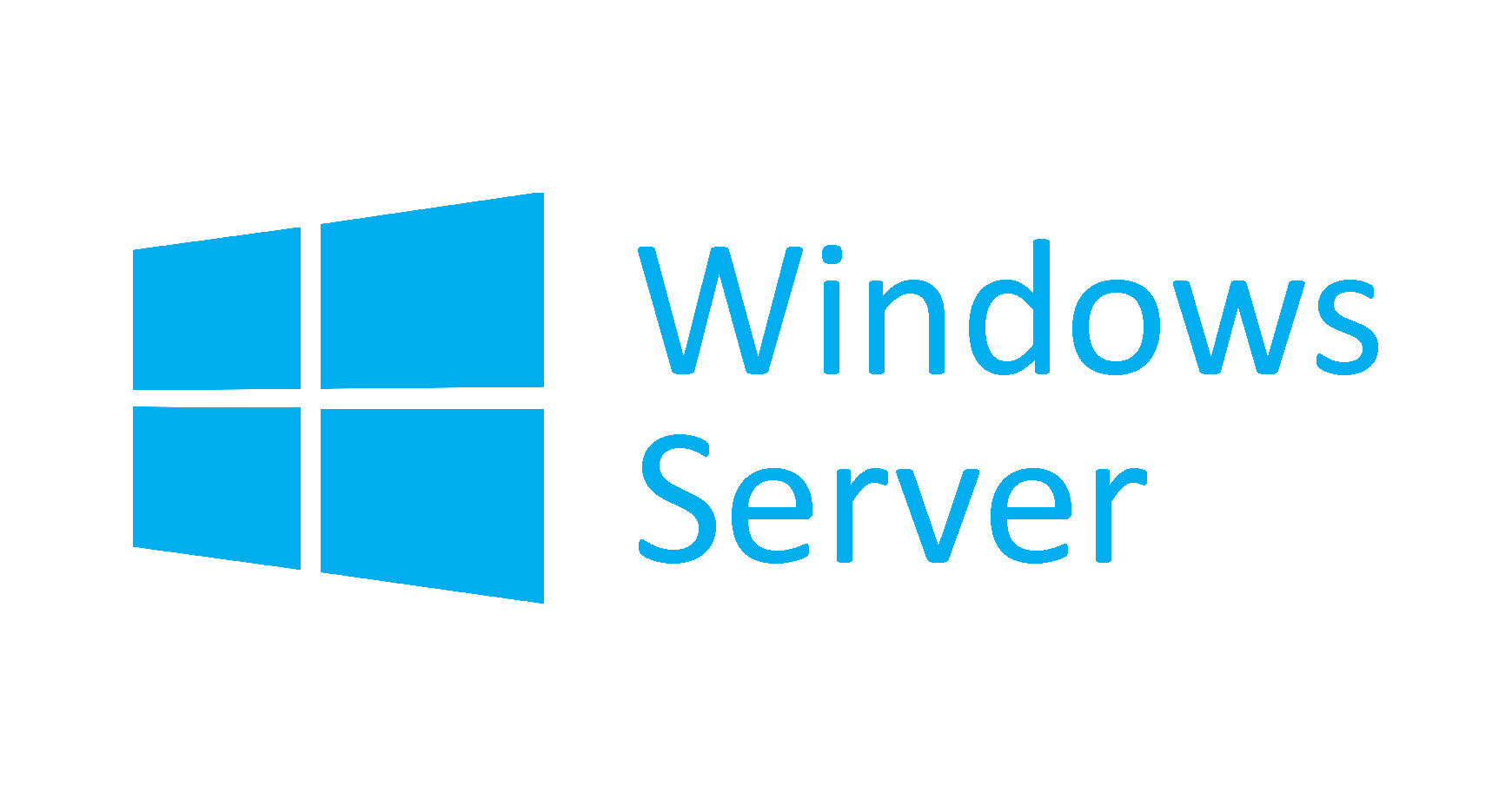Windows Server VS Windows Desktop
In this post, we will compare Windows Server and Windows Desktop, providing a detailed overview of their similarities and key differences. Windows operating systems hold a significant share of the global OS market and are widely regarded as the most popular choice among computer users. Microsoft offers two primary types of Windows operating systems: Windows Desktop and Windows Server.
Since most users are already familiar with Windows Desktop, we will focus more on Windows Server and its unique features. Over the years, Microsoft has released several versions of Windows Server, including Windows Server 2003, 2003 R2, 2008, 2008 R2, 2012, 2012 R2, 2016, 2019, and 2022. The architecture of Windows Server is based on the Windows NT platform.
At first glance, Windows Server and Windows Desktop may appear quite similar. If you install Windows 10 and Windows Server 2016, you will notice that they share the same desktop interface, Start menu, taskbar, and general appearance. Additionally, both operating systems use the same kernel and source code, allowing common applications, such as Google Chrome, to run on both platforms.
However, the similarities largely end here.
Key Differences Between Windows Server and Windows Desktop
1. Purpose and Usage
Microsoft designed Windows Desktop for general users, providing a user-friendly interface for personal and professional tasks. In contrast, Windows Server is built for enterprise and IT environments, allowing businesses to manage networks, services, and infrastructure efficiently.
Windows Server is capable of handling multiple users, virtual machines, and cloud-based services. Unlike Windows 10 or Windows 11, which are optimized for single-user productivity, Windows Server is designed to act as a central hub for managing other devices and applications.
2. Graphical Interface and Performance Optimization
Although Windows Server has a graphical user interface (GUI), Microsoft recommends installing it without a GUI to improve performance and security. The Server Core installation removes unnecessary components, leaving only the command-line interface (CLI), which reduces resource usage.
Additionally, Nano Server is an even more lightweight version of Windows Server, designed specifically for cloud-based applications and microservices. Unlike the full GUI version, Nano Server consumes significantly fewer resources and operates with minimal system overhead.
3. Built-in Server Features
One of the primary distinctions between Windows Server and Windows Desktop is the presence of server-specific tools and services.
In Windows Server, the Server Manager application launches automatically upon startup, allowing administrators to configure and manage server roles. These roles include:
- DHCP Server (for assigning IP addresses)
- DNS Server (for domain name resolution)
- Active Directory (for user and group management)
- IIS (Internet Information Services) (for hosting websites and applications)
- Hyper-V (for virtualization and running virtual machines)
Additionally, Windows Server supports SMB Direct, which enhances network file-sharing speed and efficiency. These features are not available in Windows Desktop editions, making Windows Server essential for enterprise environments.
4. Hardware and Performance Capabilities
Windows Server is optimized to handle enterprise-grade hardware, offering higher memory and processor support than Windows Desktop.
| Feature | Windows 10 Pro | Windows Server 2022 |
|---|---|---|
| Maximum RAM | 2 TB | 24 TB |
| Maximum CPUs | 2 | 64 |
| Virtualization Support | Limited | Full Hyper-V Integration |
These enhancements enable Windows Server to efficiently run multiple virtual machines and manage extensive enterprise networks.
5. Missing Features in Windows Server
To improve security and performance, Microsoft removes several consumer-focused features from Windows Server. Unlike Windows Desktop, Windows Server does not include:
- Microsoft Store (No access to consumer apps)
- Microsoft Edge (Internet Explorer is included for compatibility)
- Cortana (No voice assistant)
- Windows Timeline (No activity history synchronization)
These omissions prevent unnecessary processes from running on the server, improving stability and security.
Windows Desktop: A More User-Friendly Experience
While Windows Server offers powerful enterprise tools, Windows Desktop is designed for ease of use and everyday tasks. Some advantages of Windows Desktop include:
- Faster and easier updates compared to Windows Server
- Built-in Microsoft Store and consumer applications
- Seamless integration with Microsoft accounts (syncs settings across devices)
- Better support for gaming and multimedia applications
Installing new software on Windows Desktop is also more straightforward, as it does not require the advanced configurations necessary for Windows Server.
6. Licensing and Cost Differences
Due to its advanced enterprise features, Windows Server is significantly more expensive than Windows Desktop.
Unlike Windows Desktop, which offers standard one-time purchases or subscriptions, Windows Server requires additional licensing, such as:
- Windows Server License (One-time cost or subscription)
- Client Access Licenses (CALs) (Required for each connected user or device)
- Remote Desktop Services (RDS) CALs (For remote access to the server)
This pricing model makes Windows Server a business-focused investment, while Windows Desktop remains more affordable for personal users.
Conclusion
While Windows Server and Windows Desktop may look similar at first, their functionalities and purposes are vastly different. Windows Server is tailored for business environments, network management, and virtualization, while Windows Desktop is optimized for individual users and consumer applications.
If you need a powerful, scalable operating system to manage multiple devices and services, Windows Server is the ideal choice. However, for daily computing tasks, Windows Desktop remains the better option.
By understanding these differences, businesses and individuals can make an informed decision about which operating system best suits their needs.

